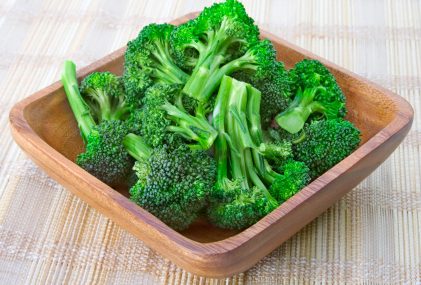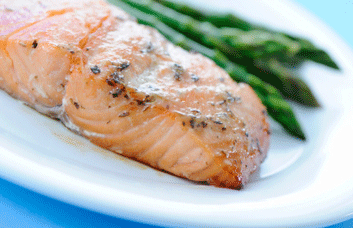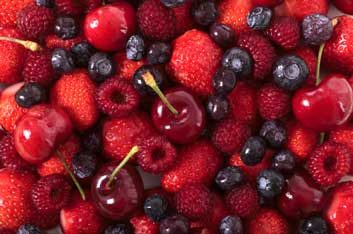
Get rid of acne
I’ve struggled with acne and skin problems since I was a teen. When I was in medical school during the ’90s, the dermatologists who trained us insisted food had no impact on our skin. After I graduated, and my face exploded in yet another acne outbreak, I was lucky to see a dermatologist who was way ahead of his time in terms of his thinking.
“What are you eating?” he asked. I confessed to more ice cream and sugary treats than usual, and he handed me a list of foods that trigger acne. He also recommended I read The Perricone Prescription by U.S. dermatologist Dr. Nicholas Perricone. The book’s description of food’s impact on skin changed my life-and my face. My skin is so much clearer since I started following his advice. I still get breakouts occasionally, but it’s when I “cheat” and eat a lot of refined carbs.
One of the things I learned from Perricone’s book-which was groundbreaking when it came out in 2002 and still holds true-is that the high blood sugar we get from eating sweets and refined flour attaches itself to collagen in our skin cells. This sugar distorts the skin, which eventually shows up as wrinkles. Check out your skin the morning after you’ve eaten a huge plate of pasta or a big dessert; you’ll be surprised by how puffy and tired you look. The fix? Minimize “white” foods, choose high-fibre grains more often, and avoid sugary drinks entirely. I also know that for me, cutting back on dairy and meat has helped my skin.
Today, it’s a well-known fact in the medical community that the foods we eat do influence skin. Here’s how I keep mine looking its best.

Drink green tea
Antioxidant-rich green tea has been shown to prevent skin cancer and DNA damage from UV light. But sugar sabotages the benefits green tea can give your skin, so skip the sweetened bottled green tea drinks. Make your own instead; freshly brewed green tea has higher antioxidant levels.

Cook with moist heat
Another favourite beauty book of mine is Your Skin, Younger: New Science Secrets to Reverse the Effects of Age, co-authored by my friend Alan Logan, a naturopath. According to Logan, cooking with high, dry heat such as oven roasting, grilling or frying forms advanced glycation end-products (AGEs) in foods. (These show up as the browned areas on cooked foods.) They attach to collagen in your skin and may cause wrinkles. Poach, steam or stew your food more often.

Take a daily fish oil supplement
Years ago I met Udo Erasmus, the scientist behind “Udo’s Oil” supplements and author of Fats That Heal, Fats That Kill, and he pinched the skin on my hand. “You’re not getting enough omega-3s,” he said. “Your skin should be softer and more elastic.” I’ve taken fish oil daily ever since, and my skin is softer. A 2008 study found taking one gram of fish oil a day for three months improves skin elasticity.

Choose deeply coloured fruit and vegetables
Richly pigmented foods, especially dark red or purple (e.g., red cabbage, pomegranates, berries) are packed full of antioxidants that protect you from free radicals, and beautify your skin. Anthocyanin antioxidants found in berries and red grapes decrease your risk of skin cancer, prevent collagen damage, and even promote blood flow to skin cells.
Related:
• 5 reasons your skin is dry
• 9 days to healthier, younger-looking skin
• 6 tips for softer skin
